Matanzas is located between Havana and Varadero and is little noticed by tourists. The city is only 20 kilometers from Varadero Airport (Aeropuerto Internacional Juan Gualberto Gómez) and therefore easy to get to. The the capital of the province of the same name lies only three meters above sea level between the Yumuri and San Juan rivers, which is why numerous bridges characterize the cityscape.
Zwischen Havanna und Varadero findet man das von Touristen wenig beachtete Matanzas, gerade mal 20 Kilometer vom Flughafen Varadero (Aeropuerto Internacional Juan Gualberto Gómez) entfernt und deshalb leicht zu erreichen. Die Hauptstadt der Provinz, die ebenfalls Matanzas heißt, liegt nur drei Meter über dem Meeresspiegel zwischen den Flüssen Yumuri und San Juan, weshalb zahlreiche Brücken das Bild prägen.
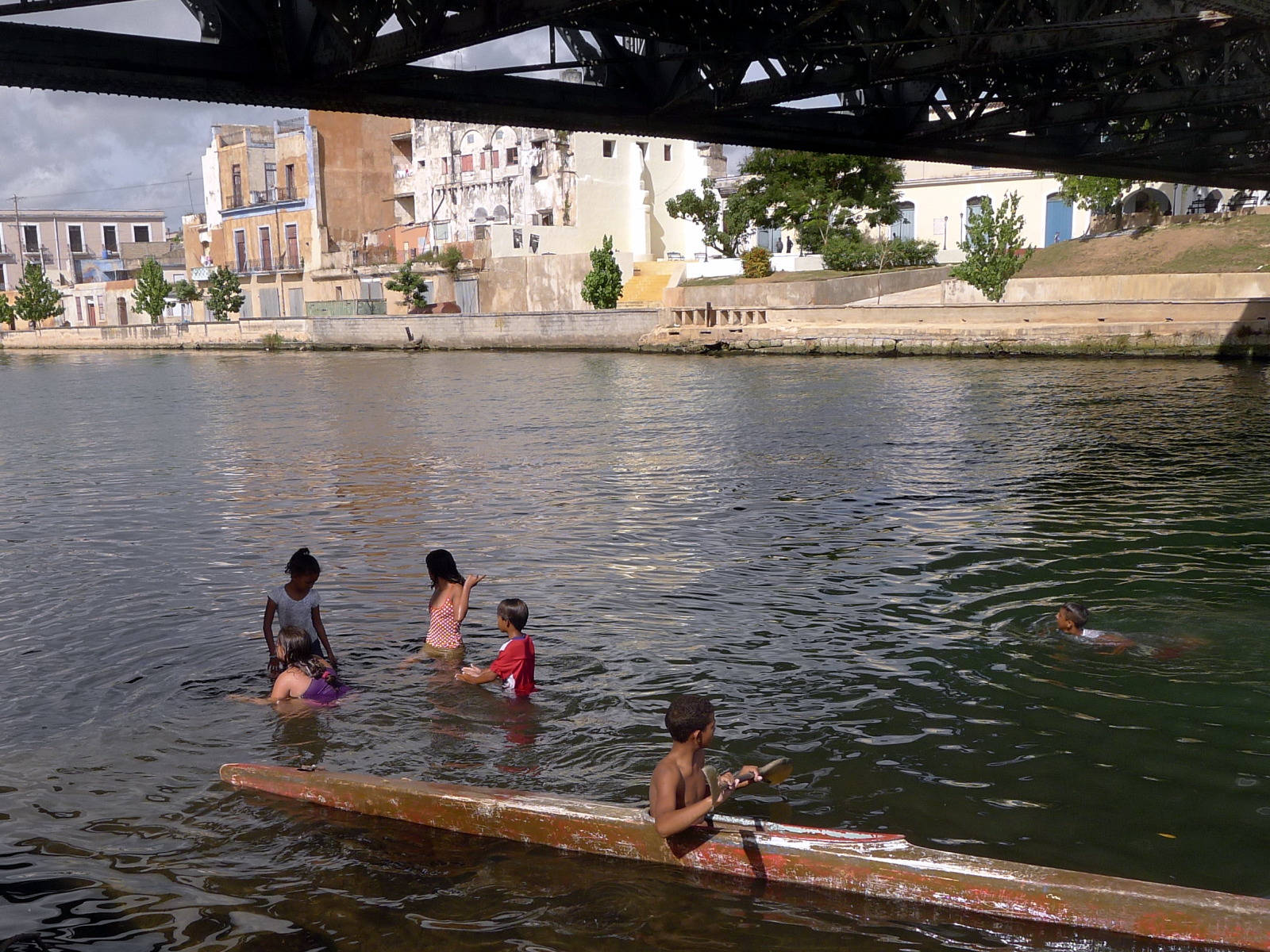
Children playing in the river »San Juan« under the bridge »Calixto Garcia«.
Kinder spielen im Fluss »San Juan« unter der Brücke »Calixto Garcia«.
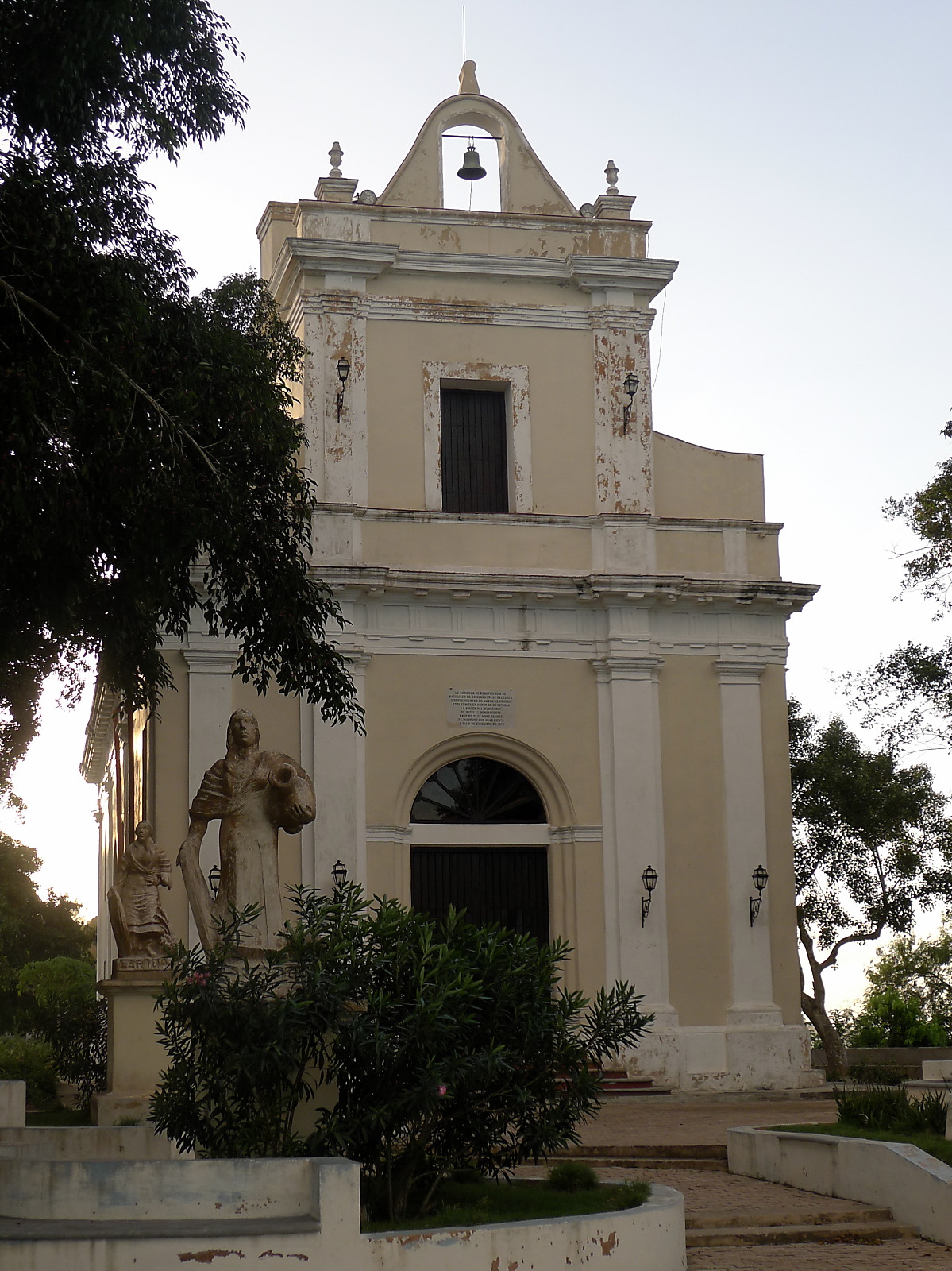
Catalan settlers built the »Iglesia de Montserrat« high above the city. From here you have a great view over the bay of Matanzas and the Yumuri valley.
Katalanische Siedler bauten die Iglesia de Montserrat hoch über der Stadt. Von hier hat man einen tollen Ausblick über die Bucht von Matanzas und das Yumurital.
Not a destination for tourists?
»Matanzas is one of the least interesting Cuban provincial capitals« judges a renowned travel guide. No world cultural heritage like 100 kilometers further west in Havana, no Caribbean beach paradise like 40 kilometers east near Varadero. On the bay of Matanzas with its protected harbor there is simply a gray industrial city with a shabby center. Many houses are like ruins, hard to believe that anyone lives there.
As bad as the image of Matanzas is, no guidebook forgets to mention that the city bears the proud title of »Athens of Cuba«. Theater, library, higher school, a philharmonic society attracted poets and musicians in the 19th century. Intellectuals and artists looked down haughtily on the capital, Havana. What did Matanzas have that even Havana paled beside it?
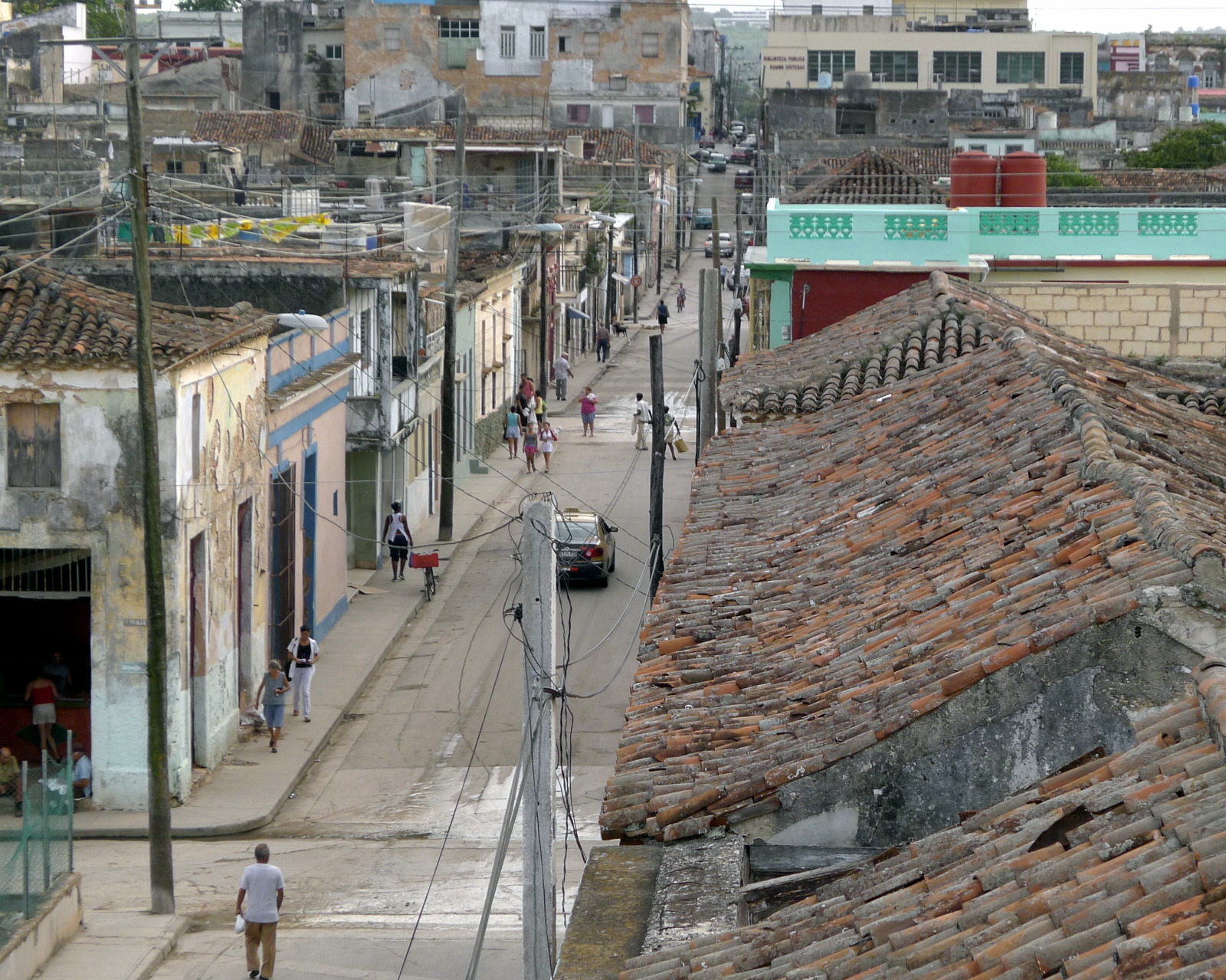
View from the roof terrace of our lodging on Calle Santa Teresa towards the city center.
Blick von der Dachterrasse unserer Unterkunft in die Calle Santa Teresa Richtung Innenstadt.
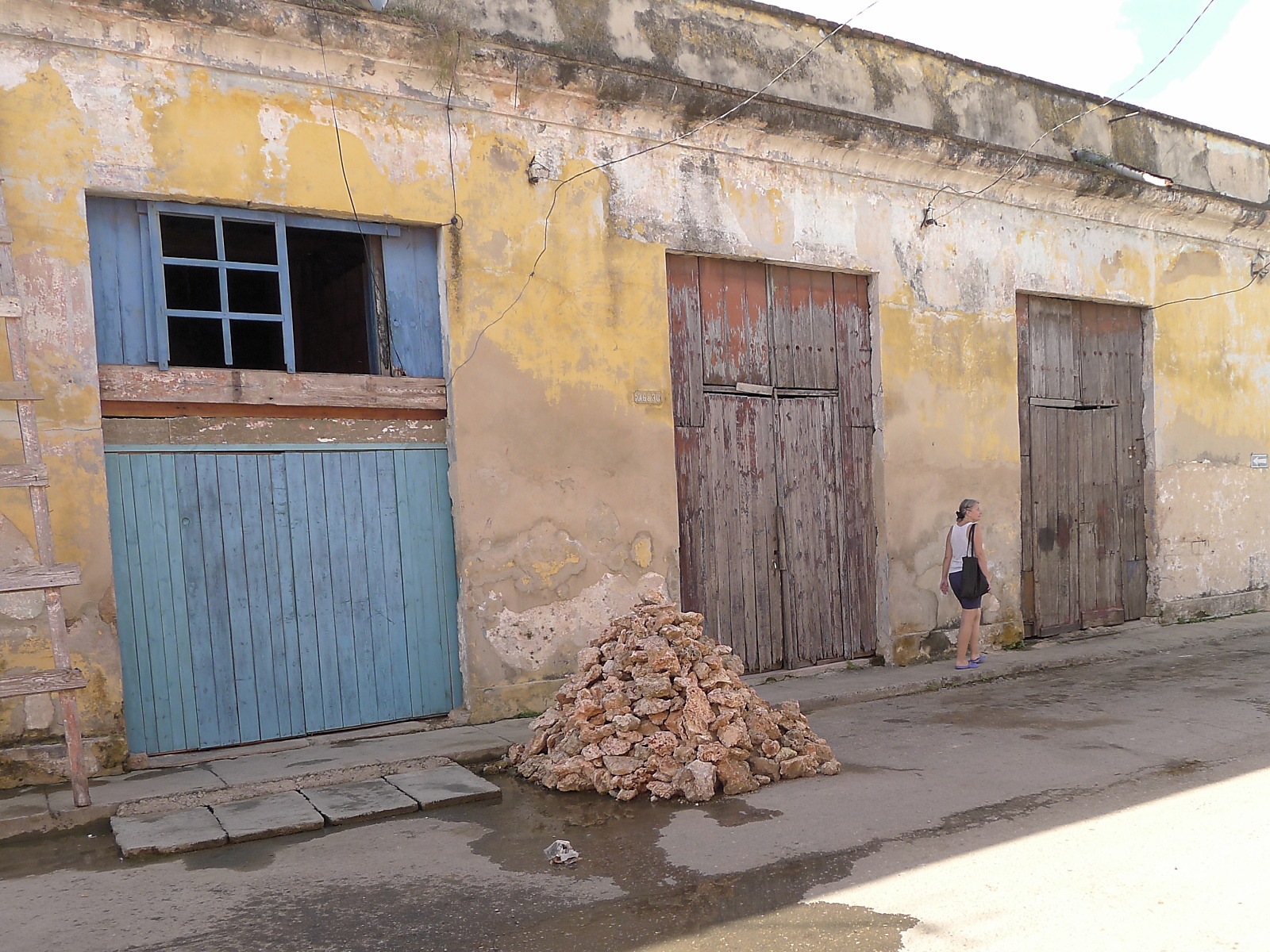
Walking through the streets.
Spaziergang durch die Straßen.
Kein Ziel für Touristen?
»Matanzas ist eine der uninteressantesten kubanischen Provinzhauptstäde« urteilt ein renommierter Reiseführer. Kein Weltkulturerbe wie 100 Kilometer weiter westlich in Havanna, kein karibisches Strandparadies wie 40 Kilometer östlich bei Varadero. An der Bucht von Matanzas mit dem geschützten Hafen liegt einfach nur eine graue Industriestadt mit schäbigem Zentrum. Viele Häuser gleichen Ruinen, kaum zu glauben, dass jemand darin wohnt.
So schlecht das Image von Matanzas auch ist: Kein Führer vergisst zu erwähnen, dass die Stadt den stolzen Titel »Athen Kubas« trägt. Theater, Bibliothek, höhere Schule, eine philharmonische Gesellschaft zogen im 19. Jahrhundert Dichter und Musiker an. Intellektuelle und Künstler blickten hochmütig auf die Hauptstadt Havanna herab. Was hatte Matanzas, dass selbst Havanna daneben verblasste?
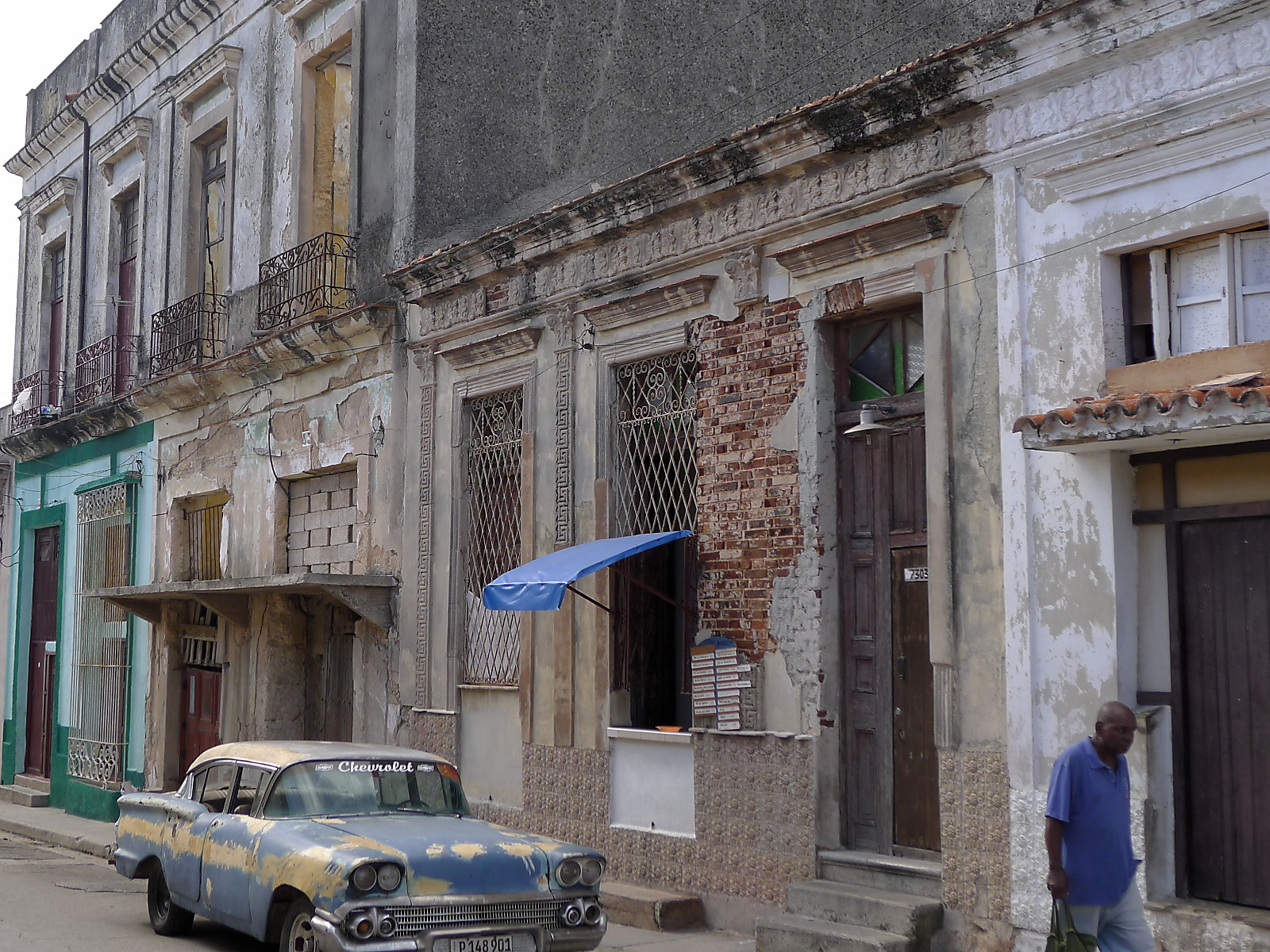
Occasionally the sight can be bleak.
Gelegentlich kann der Anblick trostlos sein.
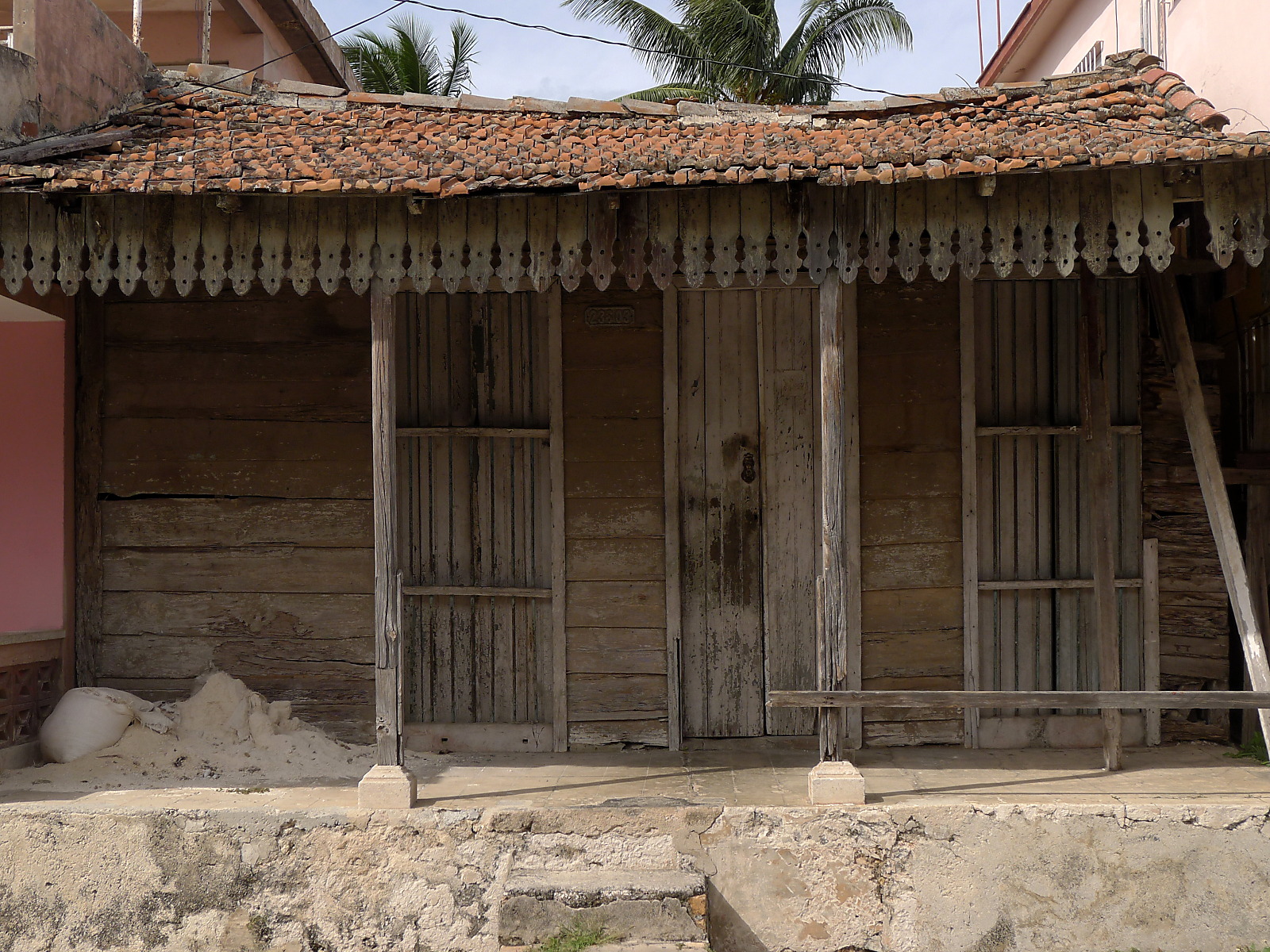
Wooden shelters between houses.
Hölzerne Unterkünfte zwischen Häusern.
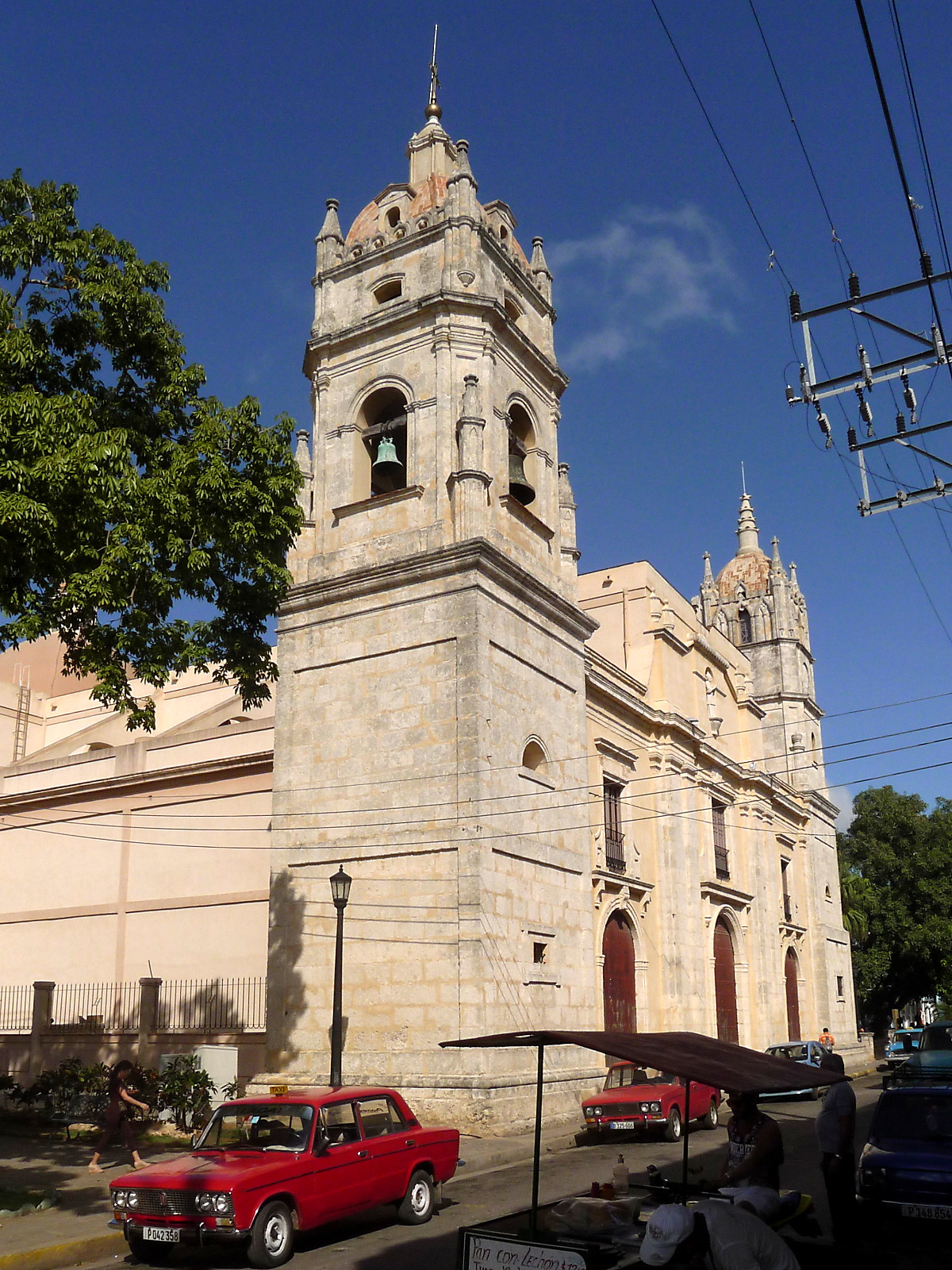
Catedral San Carlos Borromeo 1693.
The Invention of the Danzón
On January 1, 1879, Miguel Faílde performed the first danzón in world history at the Liceo of Matanzas. He named his composition »Las Alturas de Simpson« after a neighborhood where the black people of Matanzas lived. In the danzón, Miguel Faílde combined European dances and classical music with African traditions. He deliberately created a new, Cuban way of music and dancing.
The conservative press, influenced by the colonial Spanish upper class, denigrated the danzón as »negro music.« But the Cuban-born generation, the criollos, embraced the new dance with enthusiasm. The danzón became an expression of Cuban identity, and very soon it was associated with the striving for independence. Around 1895, these currents reached the capital city of Havana, which by its very nature was particularly influenced by the Spanish colonial power.
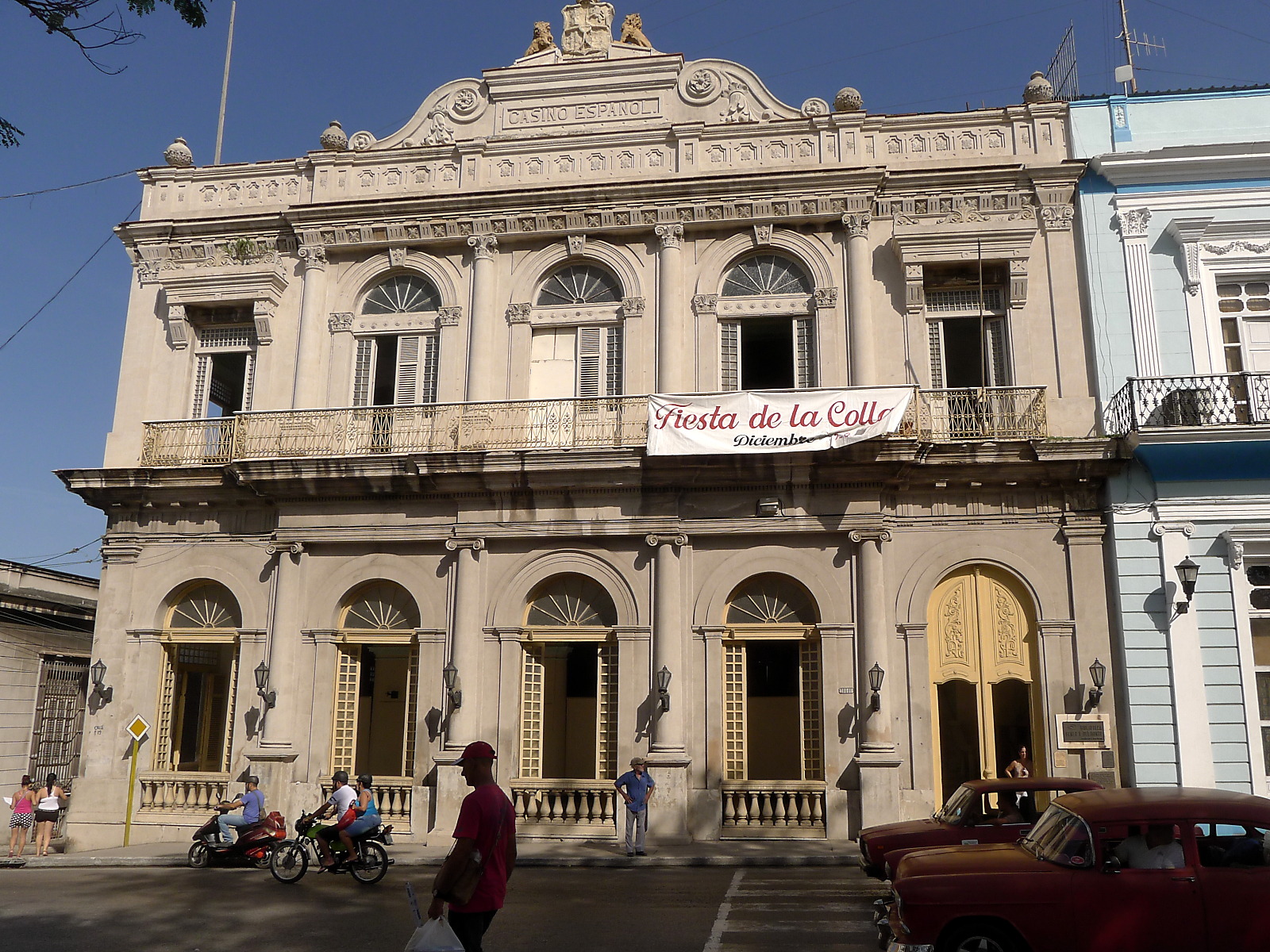
The Casino Español. It was here that the first danzonette was premiered, a further development of the dazón.
Das Casino Español. Hier wurde die erste Danzonette aufgeführt, eine Weiterentwicklung des Dazóns.
Die Erfindung des Danzón
Am 1. Januar 1879 führte Miguel Faílde im Liceo von Matanzas den ersten Danzón der Weltgeschichte auf. Seine Komposition »Las Alturas de Simpson« benannte er nach einem Viertel, in dem die Schwarzen von Matanzas wohnten. Im Danzón verband Miguel Faílde europäische Gesellschaftstänze und klassische Musik mit afrikanischen Traditionen. Ganz bewusst schuf er eine neue, kubanische Art zu musizieren und zu tanzen.
Die konservative Presse, geprägt von der kolonialen spanischen Oberschicht, verunglimpfte den Danzón als »Negermusik«. Doch die in Kuba geborene Generation, die Criollos, nahmen den neuen Tanz mit Begeisterung auf. Der Danzón wurde zum Ausdruck kubanischer Identität, und schon sehr bald verband sich damit auch das Streben nach Unabhängigkeit. Ungefähr 1895 erreichten diese Strömungen die Hauptstadt Havanna, die naturgemäß besonders stark von der spanischen Kolonialmacht geprägt war.
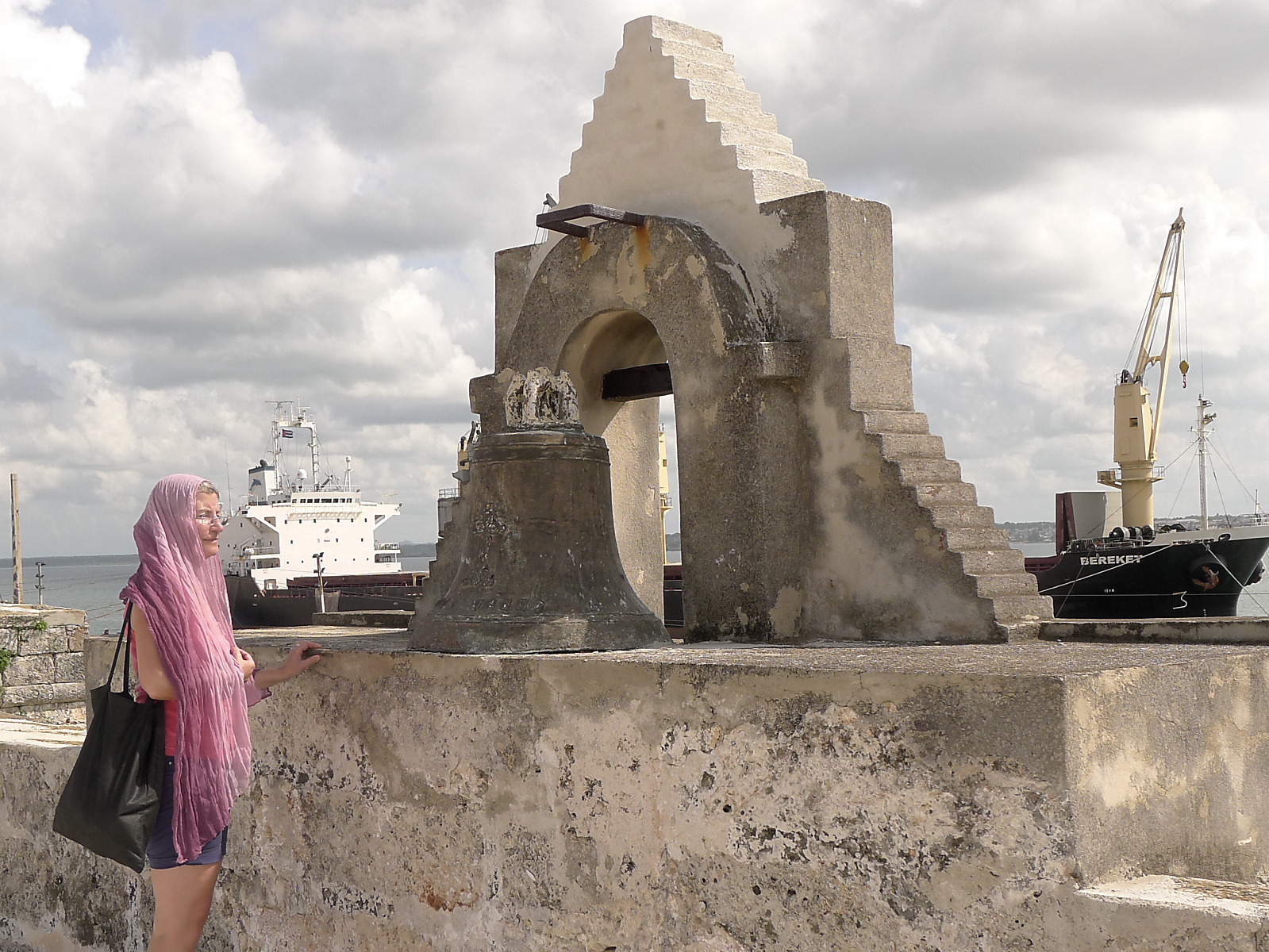
Castillo de San Severino built on the edge of the bay in 1735, modern port in the background.
Castillo de San Severino am Rand der Bucht 1735 errichtet, im Hintergrund der moderne Hafen.
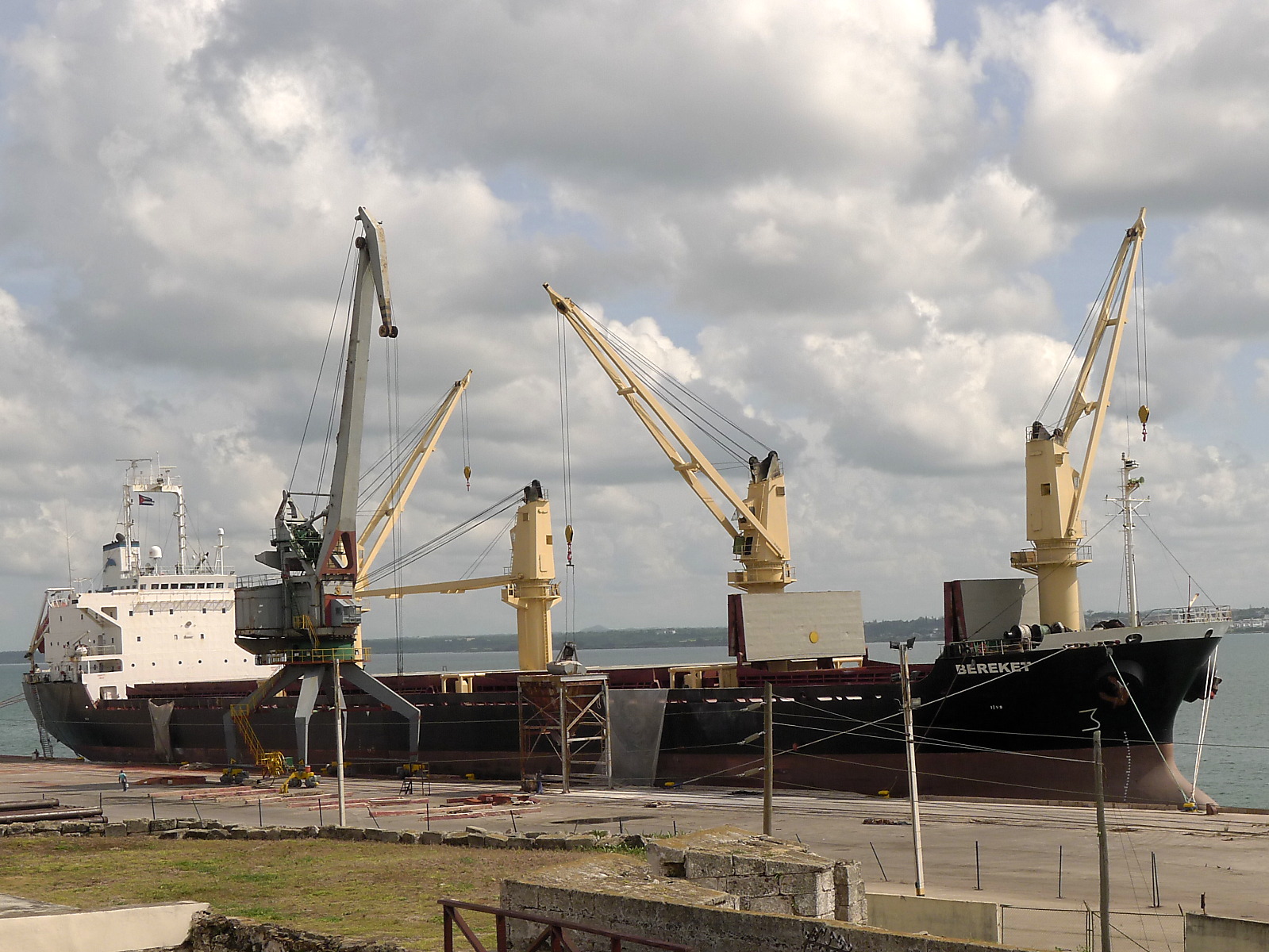
Matanzas is an industrial city. The ship is loaded with fertilizer. Besides a fertilizer factory, there is also a large power plant and a cement factory.
Matanzas ist eine Industriestadt. Das Schiff wird mit Dünger beladen. Außer einer Düngerfabrik gibt es noch ein großes Kraftwerk und eine Zementfabrik.
Today 120,000 inhabitants live in Matanzas. The city traces its origins to a nucleus at »Placa de Vigia«, where thirty families from the Canary Islands settled in 1693. Decisive for the foundation was the port. Here, beef was transshipped for the Spanish fleet and salt was shipped from the salt flats of the Hicacos Peninsula (Varadero), which was indispensable for preservation.
The neoclassical colonial buildings date from the 19th century. They are grouped around the squares »Placa de Vigia« and »Parque de la Libertad«. The steel construction of the »Puente Calixto Garcia« across the river San Juan connect »Pueblo Viejo« and »Pueblo Nuevo«, i.e. old and new town, since 1899. Sugar cane was the basis of prosperity at that time: In 1862, 456 sugar mills in the hinterland of Matanzas produced half of all Cuban raw sugar, which at that time accounted for about a quarter of world production.
Matanzas hat heute 120.000 Einwohner. Die Stadt geht auf eine Keimzelle an der Placa de Vigia zurück, wo sich im Jahr 1693 dreißig Familien von den kanarischen Inseln ansiedelten. Entscheidend für die Gründung war der Hafen. Hier wurde Rindfleisch für die spanische Flotte umgeschlagen und Salz aus den Salinen der Halbinsel Hicacos (Varadero) verschifft, das für die Konservierung unentbehrlich war.
Die neoklassizistischen Kolonialbauten stammen aus dem 19. Jahrhundert. Sie gruppieren sich um die Plätze »Placa de Vigia« und »Parque de la Libertad«. Die Stahlkonstruktion der »Puente Calixto Garcia« über den Fluss San Juan verbindet seit 1899 das »Pueblo Viejo« mit dem »Pueblo Nuevo«, also Alt- und Neustadt. Zuckerrohr war damals Grundlage des Wohlstands: Im Jahr 1862 produzierten im Hinterland von Matanzas 456 Zuckermühlen die Hälfte des gesamten kubanischen Rohzuckers, der damals etwa ein Viertel der Weltproduktion ausmachte.
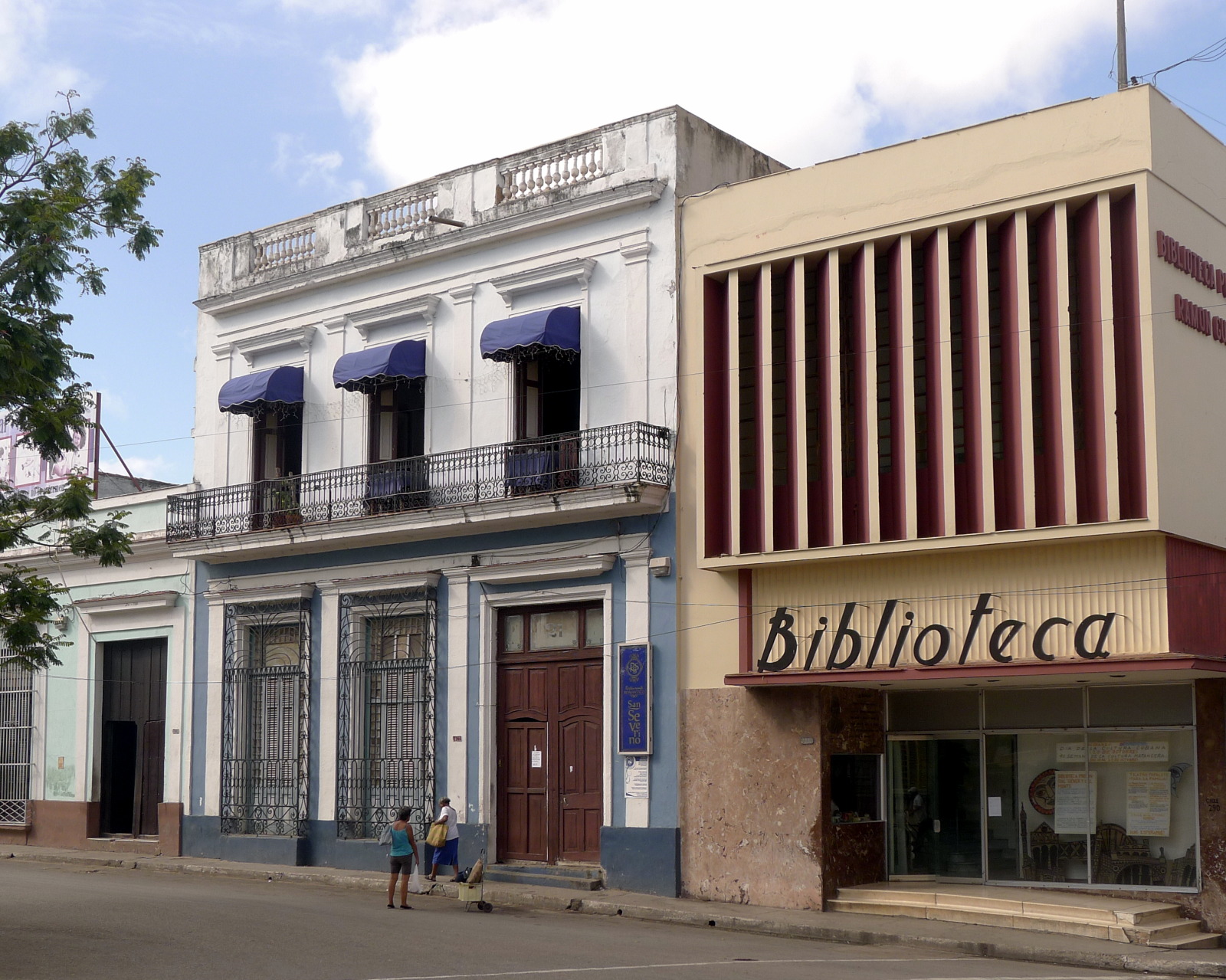
Neoclassical colonial buildings of the 19th century from the city's zenith.
Neoklassizistischen Kolonialbauten des 19. Jahrhunderts aus der Blütezeit der Stadt.
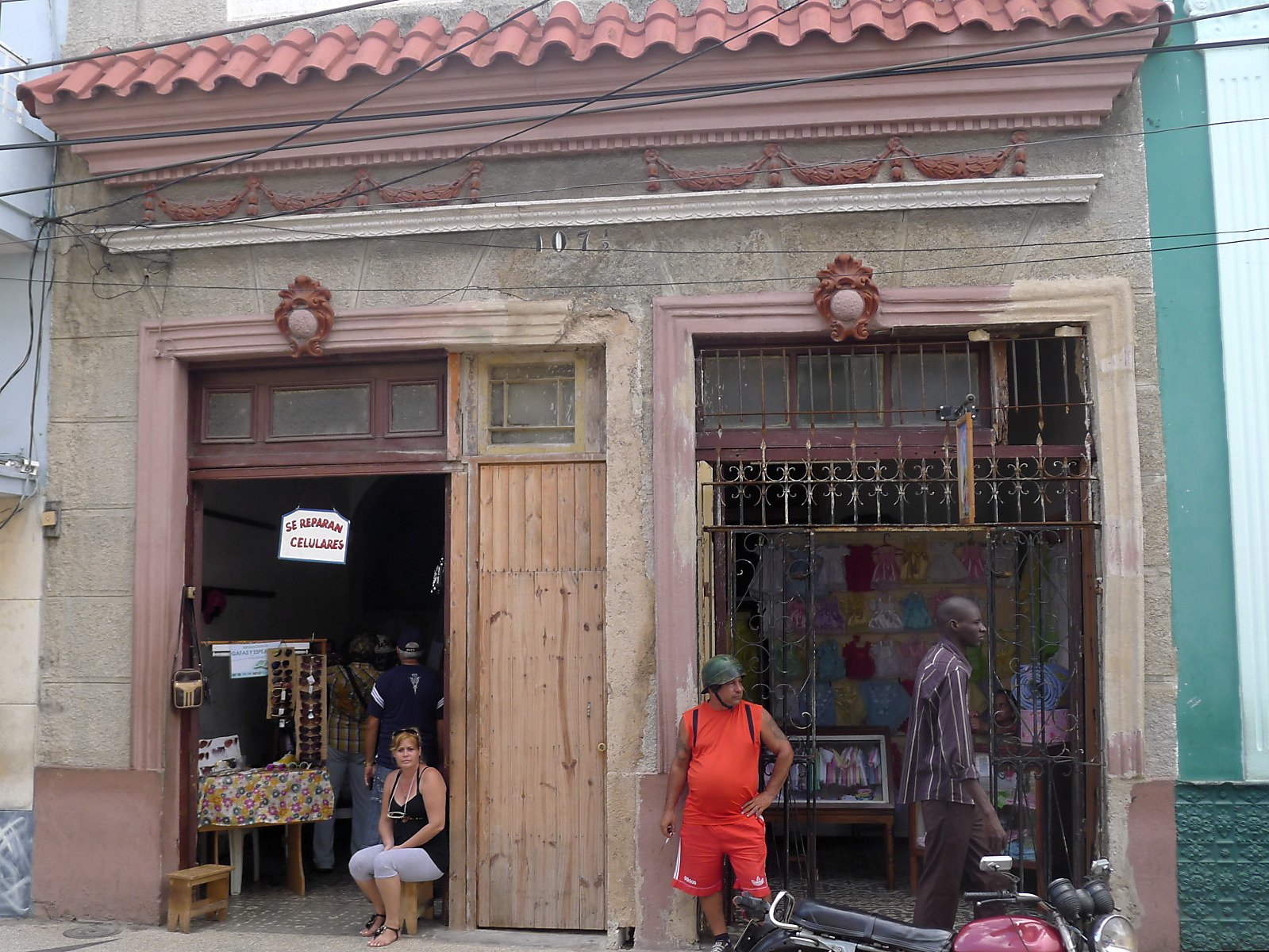
Stores in the center in old colonial houses.
Geschäfte im Zentrum in alten Kolonialbhäusern.
Versalle - African soul of Matanzas and cradle of the Rumba
In the north of the city, the »Puente de la Concordia« leads across the Yumuri River to the Versalles district. Here beats the African heart of Matanzas. Thousands and thousands of slaves toiled on the sugar cane plantations. Some were able to buy their freedom from their masters, some were set free. Slavery was abolished in Cuba very late, in 1886, and many former slaves settled in the Versalles district.
While a few steps across the bridge in Pueblo Viejo the »Athens of Cuba« flourished, in Versalles the blacks organized themselves into brotherhoods, »cabildos,« and worshipped the old gods they had brought with them from Africa. The beginnings of the cabildos can be traced back to 1808. It was in this environment that the rumba was born in the period around 1895.
Don't misunderstand: Rumba has little or nothing to do with what we learn in dance school in Central Europe. In Cuba, it is a series of music and dance styles (Yambú, Guaguanco, Columbia) that have a particularly strong African influence. Shows that give an impression of the original spirit of rumba can be seen, for example, every Sunday at noon in Havana at the »Callejon de Hamel«.
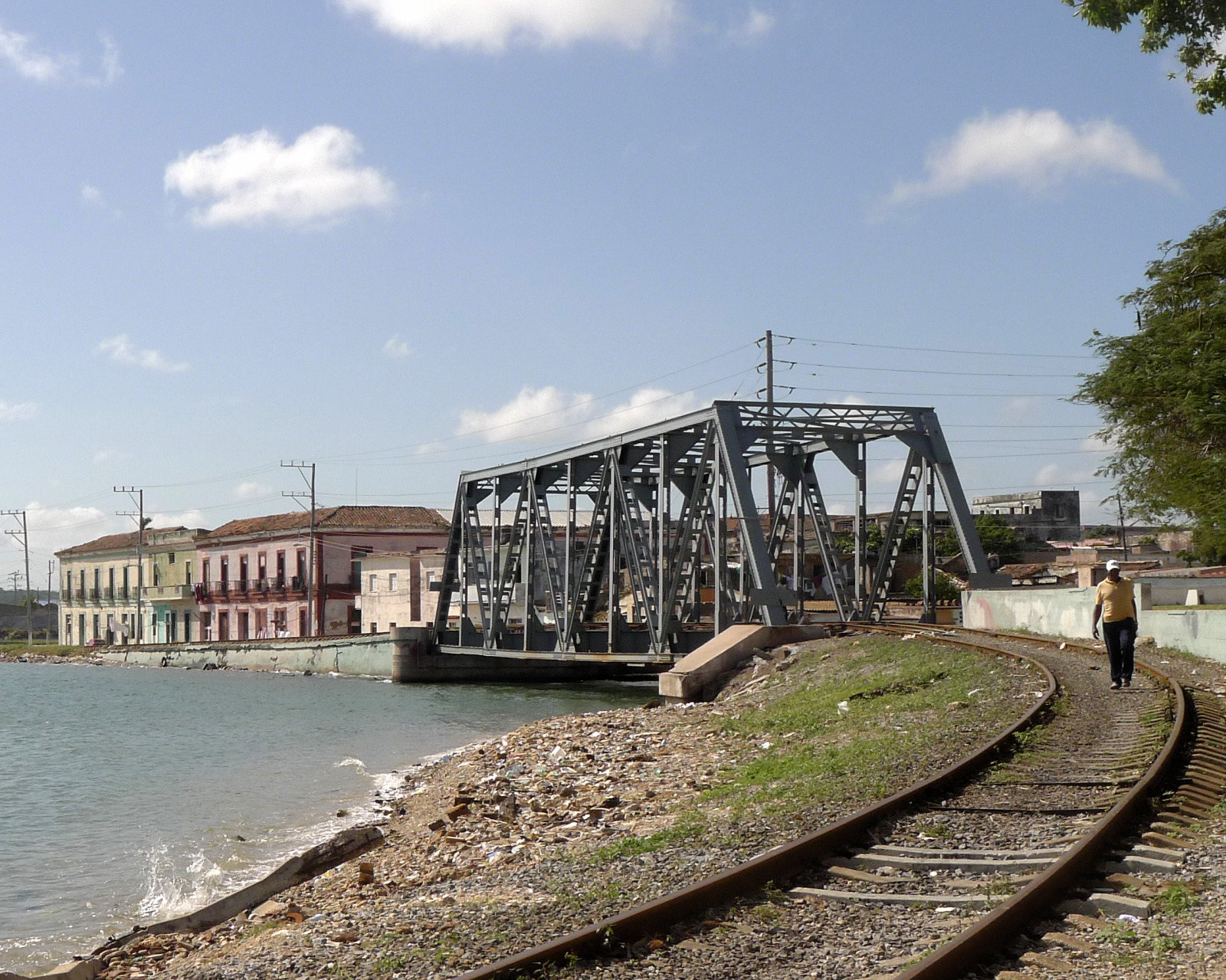
Railroad bridge over the Yumuri from the old town (»pueblo viejo«) to Versalles.
Eisenbahnbrücke über den Yumuri von der Altstadt (»pueblo viejo«) nach Versalles.
In Versalle starts the Hershey Railway, Cuba's oldest electric railroad. In 1916, the Hershey Chocolate Company of Pennsylvania/USA built a large sugar mill halfway between Havana and Matanzas. Until the revolution in 1959, the company was called »Central Hershey«, then it was nationalized and renamed »Camilo Cienfuegos«. Hershey had 135 kilometers of track laid, initially only for steam locomotives. But very early on, from 1919, the line was electrified.
In 2002, the sugar mill had to cease operations due to lack of profitability. But the railcars of the Hershey Railway, which carried generations of workers to their jobs in the sugar mill and on the plantations, are still running. For the rural area, where otherwise only Trucks (»camiones«) travel on poor roads, the railroad is still an important means of transportation. On its way from Versalles toward Havana, the train passes through one of Cuba's most beautiful cultural landscapes: the lush, green Yumuri Valley.

A museum in the Castillo de San Severino displays rumba costumes and instruments.
Ein Museum im Castillo de San Severino zeigt Rumba-Kostüme und Instrumente.
Versalle – afrikanische Seele von Matanzas und Wiege der Rumba
Im Norden der Stadt führt die »Puente de la Concordia« über den Fluss Yumuri in den Stadtteil Versalles. Hier schlägt das afrikanische Herz von Matanzas. Abertausende Sklaven schufteten auf den Zuckerrohrplantagen. Manche konnten sich von ihren Herren freikaufen, manche wurden auch freigelassen. Abgeschafft wurde die Sklaverei in Kuba sehr spät, im Jahr 1886. Viele ehemalige Sklaven ließen sich im Stadtteil Versalles nieder.
Während wenige Schritte über die Brücke im Pueblo Viejo das »Athen Kubas« blühte, organisierten sich in Versalles die Schwarzen in Bruderschaften, »Cabildos«, und verehrten die alten Götter, die sie aus Afrika mitgebracht hatten. Die Anfänge der Cabildos lassen sich bis 1808 zurückverfolgen. In diesem Milieu entstand in der Zeit um 1895 die Rumba.
Um Missverständnissen vorzubeugen: Rumba hat wenig bis gar nichts mit dem zu tun, was wir in Mitteleuropa in der Tanzschule lernen. In Kuba versteht man darunter eine Reihe von Musik- und Tanzstilen (Yambú, Guaguanco, Columbia), die ganz besonders stark afrikanisch geprägt sind. Shows, die noch einen Eindruck vom ursprünglichen Geist der Rumba vermitteln, kann man zum Beispiel jeden Sonntagmittag in Havanna in der »Callejon de Hamel« besuchen.
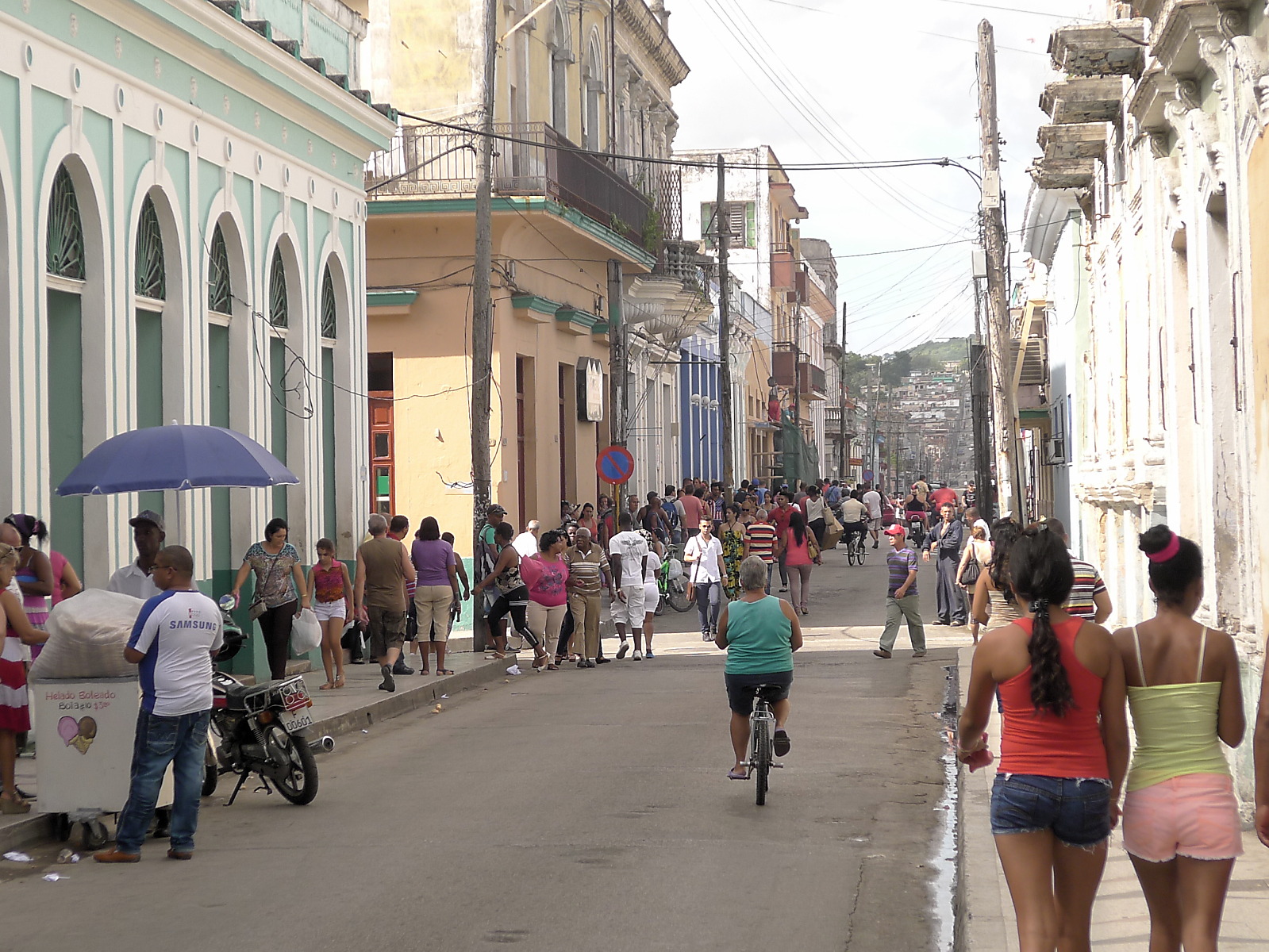
Little car traffic, but very busy: the center of Matanzas.
Wenig Autoverkehr, aber sehr belebt: Das Zentrum von Matanzas.
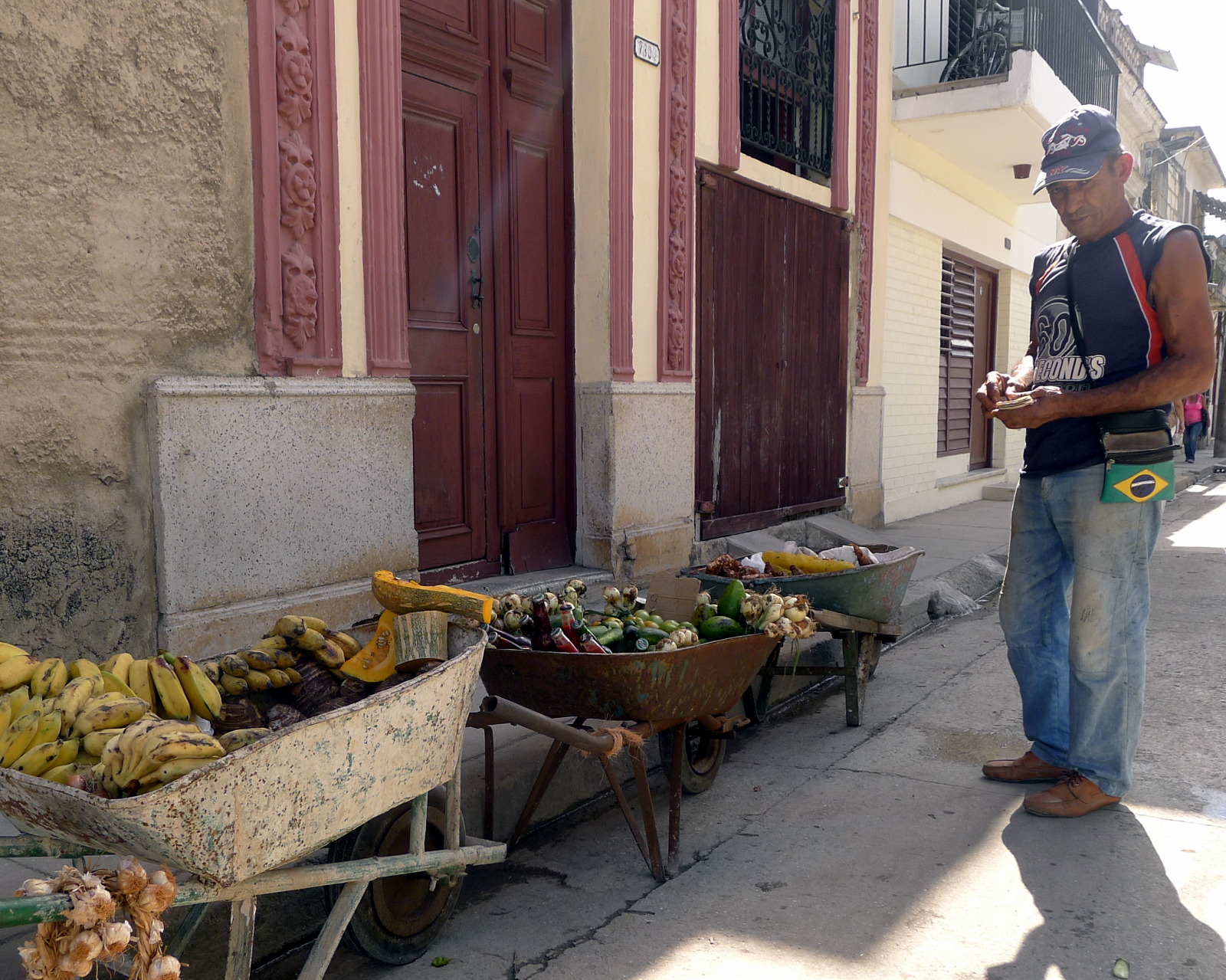
Farmers from the fertile Yumuri Valley sell fruits and vegetables on the street.
Bauern aus dem fruchtbaren Yumurital verkaufen Obst und Gemüse auf der Straße.
In Versalle beginnt die Hersheybahn, die erste elektrische Eisenbahn Kubas. 1916 baute die Hershey Chocolate Company aus Pennsylvania/USA eine große Zuckermühle auf halbem Weg zwischen Havanna und Matanzas. Bis zur Revolution 1959 hieß das Unternehmen »Central Hershey«, dann wurde es verstaatlicht und in »Camilo Cienfuegos« umbenannt. Hershey ließ 135 Kilometer Gleise verlegen, erst nur für Dampfloks. Doch schon sehr früh ab 1919 wurde die Strecke elektrifiziert.

Trip to the Yumuri Valley.
Ausflug ins Yumurital.
2002 musste die Zuckermühle mangels Rentabilität ihren Betrieb einstellen. Aber die altersschwachen Triebwagen der Hersheybahn, die Generationen von Arbeitern zu den Arbeitsplätzen in der Zuckermühle und auf den Plantagen brachten, fahren immer noch. Für die strukturschwache ländliche Gegend, in der sonst nur Lastwagen (»camiones«) auf schlechten Straßen verkehren, ist die Bahn nach wie vor ein unverzichtbares Transportmittel. Der Zug fährt auf seinem Weg von Versalles Richtung Havanna durch eine der schönsten Kulturlandschaften Kubas, nämlich das üppige, grüne Yumurital.

Finally, the most important thing in Matanzas is the local baseball team, the »cocdrilos«.
Zum Abschluss: Das wichtigste in Matanzas ist die lokale Baseballmannschaft, die »cocdrilos«.
Note/Hinweis
This text is a heavily revised version of my blog post »Matanzas – Stadt mit zwei Seelen«. (only german).
Dieser Text ist eine stark überarbeitete Fassung meines Blogbeitrags »Matanzas – Stadt mit zwei Seelen«.

Congratulations, your post has been added to Pinmapple! 🎉🥳🍍
Did you know you have your own profile map?
And every post has their own map too!
Want to have your post on the map too?
Hiya, @LivingUKTaiwan here, just swinging by to let you know that this post made it into our Top 3 in Daily Travel Digest #1518.
Your post has been manually curated by the @pinmapple team. If you like what we're doing, please drop by to check out all the rest of today's great posts and consider supporting other authors like yourself and us so we can keep the project going!
Become part of our travel community:
Congratulations @mapetoke! You have completed the following achievement on the Hive blockchain and have been rewarded with new badge(s):
Your next target is to reach 2250 upvotes.
You can view your badges on your board and compare yourself to others in the Ranking
If you no longer want to receive notifications, reply to this comment with the word
STOPCheck out the last post from @hivebuzz:
Support the HiveBuzz project. Vote for our proposal!
Love the architecture of the buildings!
Glad to hear it. The colonial buildings have a special charm.
Wow, the place was beautiful and attractive. I really like it.
Thank you very much.
Very captivating your post especially when it comes to Cuba, this country always surprises.
Surprises hits the spot. This certainly has to do with the special situation of the country because of the blockade. Almost everywhere the world looks the same, but Cuba is still a little different.
Great overview from what you saw @mapetoke 😎
I haven’t been to this side of Havana, but below and to the left we explored towns and cities.
Good there were not so much tourists, you can experience the real country so much more.
Thanks for sharing with me.
It's nice to see this from a not Cuban perspective inside Hive. Great post, we hope you enjoy Cuba and you are welcome to post in our community @hive-10053.
As a curator of the @hivecuba Community, I usually look for new publications related to Cuba that my fellow countrymen usually do. And what a surprise to see your post , talking about the city of Matanzas. It is very true that almost no tourist "fixes" in this city having so close to Havana and even closer to Varadero. However, all the cities of Cuba keep a rich historical and cultural legacy, born of a tremendous mixture that comes from the English and Spanish conquests to the most recent years, and that is easily appreciable especially in its architecture, despite the great deterioration that is evident.
Thank you for showing a little piece of our country.